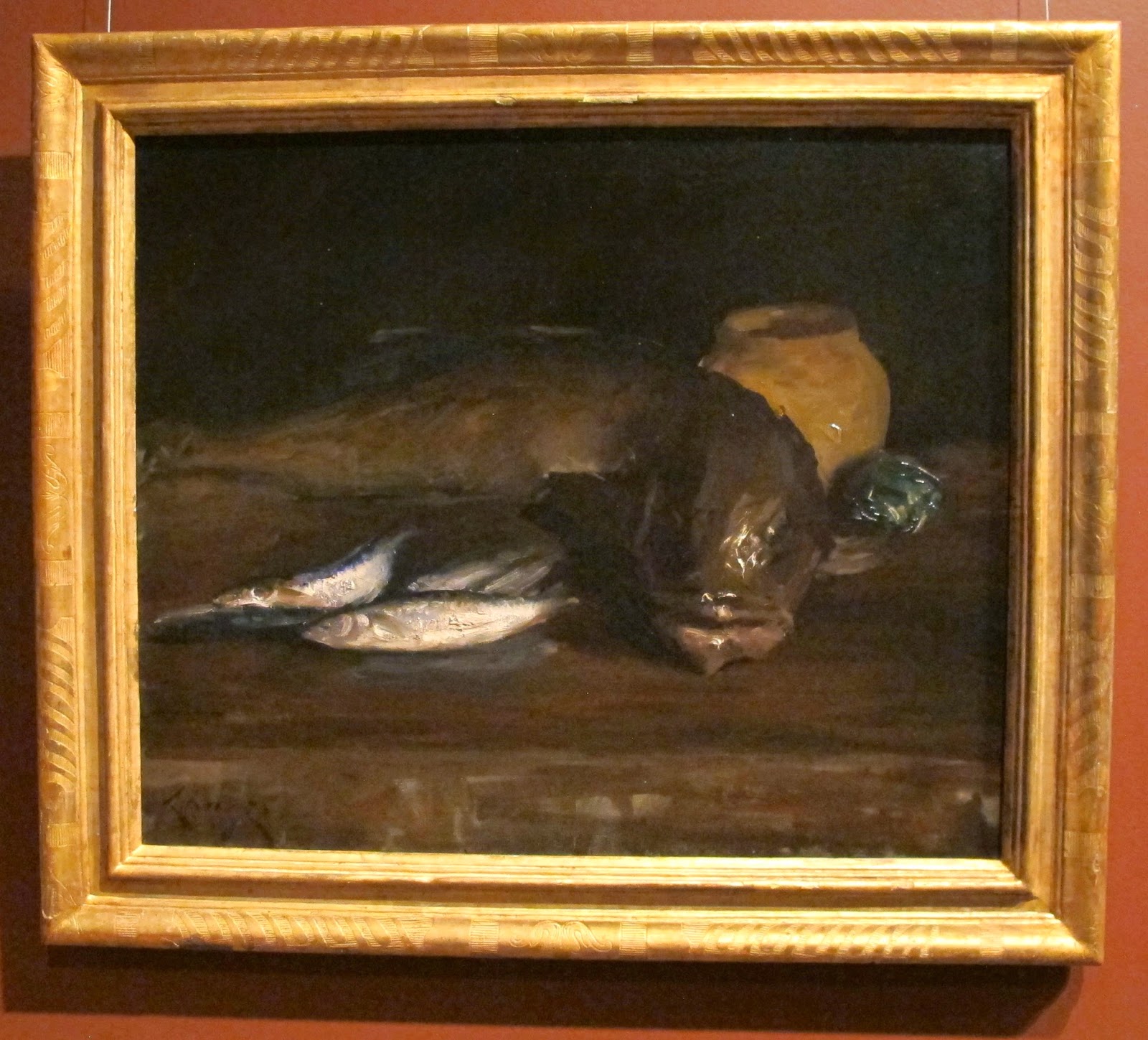Great gallery spaces.
Legends by Donna Howell-Sickles. Howell inspiration came from a postcard that she had received featuring a cowgirl smiling with bright-red lips. from then on, this cowgirl has become the central theme of many of her works. "The cowgirl symbolizes independence, noble spirit, a woman unafraid of challenge and the power of seeing joy in everyday life. Her animals often stand for an obstacle and inner strength." I totally agree!
Ernest M. Hennings Deer Among the Aspens (1939) caught my eye. A member of the Taos Society of Artists, he was intrigued by the Taos lighting and color. Something I find remarkable when I am in San Miguel de Allende shooting photos. Alot to do with the similar altitude and lighting. Hennings was tremedously influenced by the Art Noveau movement and Japanese wood block prints.
How Many Millions, One Can Only Guess (1905)
Newell Convers Wyeth
Wyeth had a great way with color and lighting. This scene shows how the west was before the bison herds started to be killed off.I am always amazed when I saw one of Maynard Dixon's paintings. This Eagle's Nest is quite different from his other works. At sixteen years old, he sent two sketchbooks to Fredric Remington to review. It was Remington's encouragement that spurred the beginning of Dixon's career.
Tapestry of Autumn (1927) by William Herbert Dunton reminds me of the trees that are in the painting, Landscape with Indian Camp by Ernest L. Blumenschein (one of my all time favorite exhibits that I saw at both the Phoenix Art Museum and the Denver Art Museum in 2009). Both artist were members of the Taos Society of Artists. As a young man, Dunton was an illustrator in Maine for various papers and magazines. His illustrations graced the covers of many of the Zane Grey adventures. Later, he concentrated on paintings depicting the Old West.
On The Prowl (1976) by John Clymer. Clymer was born in Washington state in 1907 and at an early age, he loved to draw. At the age of 16, he sold his first illustration to the Colt Firearms Company. He lived in Canada and later back to the states to settle in Connecticut where his work appeared on many popular magazines. He created over eighty covers for the Saturday Evening Post. Even with his great success as an illustrator, he switched his focus to documenting the American frontier and enjoyed including animals in his scenes whenever possible. He and his family eventually moved to Teton Village, Wyoming.
Clymer's studio in which the museum recreated; a donation from his family.
Portrait of John Clymer (1994) by Tom Lovell.
Bull Moose - circa 1940
One gallery space has a series of Carl Rungius paintings that are all spectacular. It was in the Ram and Clearwater River area near Banff that he loved to paint. Forest fires had made it perfect Moose country with its open range and fallen trees.
Lake O'Hara by Carl Rungius - 1935
I can just picture this crystal clear lake up in the mountains.
Pack Train by Carl Runguis - circa 1920
What a great scene set in Canada of the pack horse going over the rocky mountain pass.
Wyoming Sage by Carl Rungius - 1902
If you have ever been in Wyoming and driving on one of those endless stretches of road, the terrain is full of the Sage bush and the strong morning and afternoon light makes the Sage come alive. Then occasionally in the distance, you will spot a group of Pronghorn Antelope.
The Stampede by Carl Rungius - 1898



















No comments:
Post a Comment